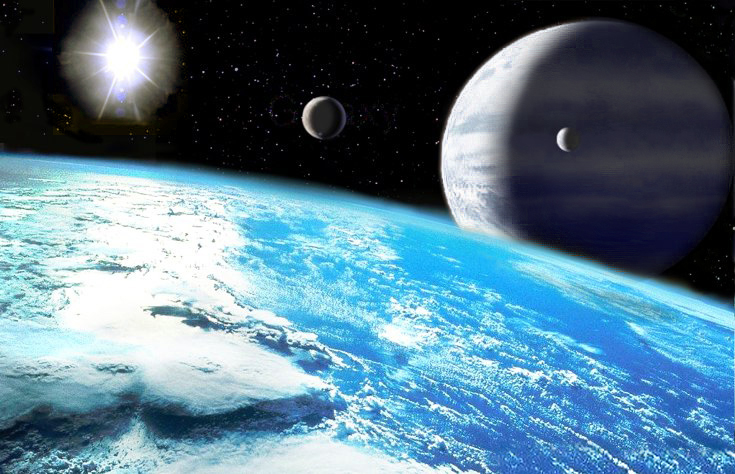Watch: Jan.19 Prof. Therese Encrenaz: From solar system planets to exoplanets: what can we learn from infrared spectroscopy?

Over the past twenty five years, over 4900 exoplanets have been discovered. Three main methods have been used. First, starting in 1995, the radial velocity method led to the unexpected detection of a new class of objects, the giant exoplanets very close to their host star (now called “hot Jupiter”). Thanks in particular to the Kepler space mission (2009-2013), the transit method led to the discovery of a large number of exoplanets of intermediate masses (from super-Earths to Neptunes), relatively close to their host star. Finally the imaging method, initiated in 2006, has made great progress over the past ten years, leading to the ground-based detection of a new class of young giant exoplanets, distant from their host star. In parallel, the development of transit spectroscopy has allowed us to probe the exoplanets’ atmospheres and to detect many atoms and molecules in several dozens of objects.
In this webinar, I will address the following question: Using our knowledge of solar system planets, what can we learn about the exoplanets’ atmospheres? In a first part, I will present a simplified classification of exoplanets, based on their masses and their equilibrium temperatures, in order to propose some possible guesses about their atmospheric composition. In the second part, I will analyze the infrared spectra of planets and exoplanets, in order to see what lessons can be drawn for exoplanetary spectroscopy. In the last part, I will show primary transit synthetic spectra of solar system planets, in order to analyze the relative merits of transmission spectroscopy with respect to direct emission spectroscopy. I will conclude the webinar with some comments about the future means expected for the coming decade.
About Prof. Therese Encrenaz

